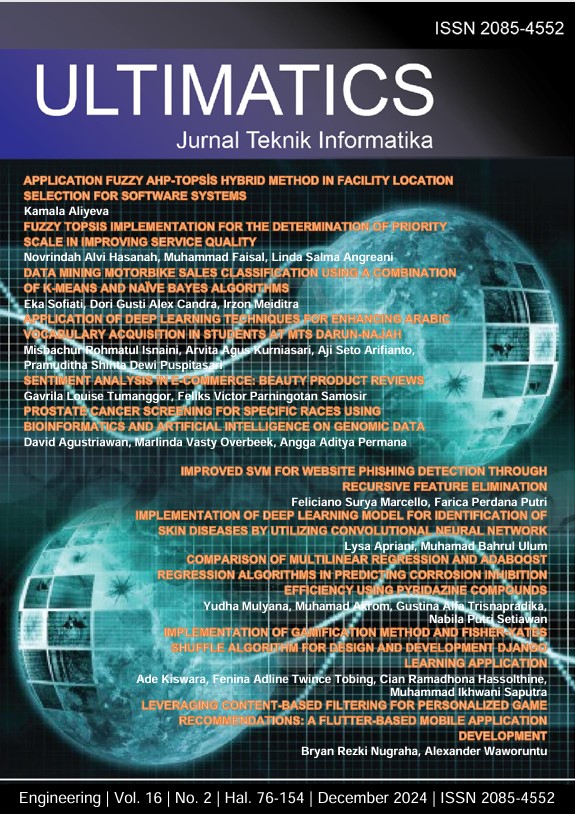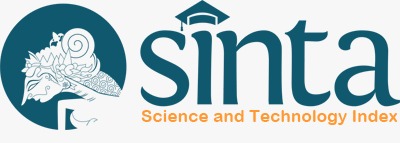Application Fuzzy AHP-TOPSÄ°S Hybrid Method in Facility Location Selection for Software Systems
DOI:
https://doi.org/10.31937/ti.v16i2.3545Abstract
Facility location is an integral part of the strategic planning process of almost every organization. Selecting the right location for software systems facilities involves considering various factors to ensure optimal performance, reliability, and cost-effectiveness. For business success, and competitive advantage there are some critical factors that very highly affect facility location. They are proximity to customers, infrastructure, labor quality, total cost, suppliers, etc. The criteria for selecting a facility location may be vaguely defined or open to interpretation. External factors such as economic conditions, political stability, and environmental risks may introduce vagueness and unpredictability into facility location decisions. These factors are often beyond the control of decision-makers but can have significant implications for the success of software systems. In this paper we apply fuzzy AHP-TOPSIS hybrid method for facility location in software systems. This offered model combines the fuzzy AHP and the fuzzy TOPSIS methods. Fuzzy AHP (Analytic Hierarchy Process) and fuzzy TOPSIS (Technique for Order of Preference by Similarity to Ideal Solution) are both decision-making methods commonly used in facility location selection. AHP helps in structuring a decision problem into a hierarchy of criteria and alternatives, while TOPSIS ranks alternatives based on their distance to the ideal solution. In the first part of the facility location selection process, we use fuzzy AHP method for determining weights of criteria that are important in selection process. Then by using fuzzy TOPSIS we rank alternatives and select appropriate location for facility.
Downloads
Additional Files
Published
How to Cite
Issue
Section
License
Authors retain copyright and grant the journal right of first publication with the work simultaneously licensed under a Creative Commons Attribution-ShareAlike International License (CC-BY-SA 4.0) that allows others to share the work with an acknowledgement of the work's authorship and initial publication in this journal.
Authors are able to enter into separate, additional contractual arrangements for the non-exclusive distribution of the journal's published version of the work (e.g., post it to an institutional repository or publish it in a book), with an acknowledgement of its initial publication in this journal.
Copyright without Restrictions
The journal allows the author(s) to hold the copyright without restrictions and will retain publishing rights without restrictions.
The submitted papers are assumed to contain no proprietary material unprotected by patent or patent application; responsibility for technical content and for protection of proprietary material rests solely with the author(s) and their organizations and is not the responsibility of the ULTIMATICS or its Editorial Staff. The main (first/corresponding) author is responsible for ensuring that the article has been seen and approved by all the other authors. It is the responsibility of the author to obtain all necessary copyright release permissions for the use of any copyrighted materials in the manuscript prior to the submission.















